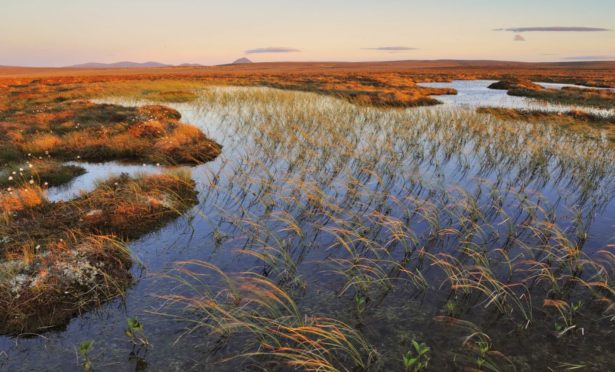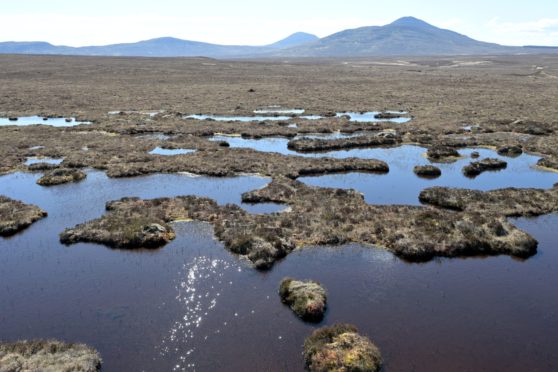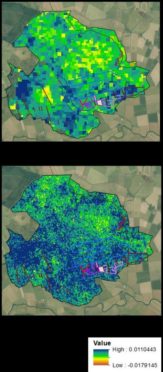Satellite technology which measures how bogs “breathe” could be key to measuring the health of Scotland’s peatlands.
New research published today, International Bog Day, demonstrates the potential for calculating what is known as “bog breathing” to monitor the health and restoration progress of bogs like the Flow Country.
How can a bog breathe?
The technology works by looking at the movement of the ground’s surface.
The way that bogs move, or breathe, can be influenced by many factors, including precipitation, water level, vegetation composition, micro-topography and land management.
By measuring their movement over time, the technique is able to assess the condition of the peatland and the effectiveness of restoration on a large scale.
“Bog breathing or peat surface motion gives a unique insight into the inner workings of the peatland,” said Chris Marshall, lead author of the study and peatlands scientist at the University of the Highland and Islands.
Using satellite technology known as Satellite Interferometric Synthetic Aperture Radar (InSAR) creates a map of the ground’s surface which researchers like Chris can use to estimate the carbon storage properties of peatlands.
“Developments in InSAR processing techniques allow us to monitor peatland condition at a scale unimaginable a decade ago, allowing peatland restoration progress to be measured in real time,” he said.
Restoring carbon-capturing peatlands
How resilient Scotland’s peatlands are to extreme climate events such as wildfire, drought and extreme rainfall events can also be measured in this way.
The new technologies are exciting scientists and researchers throughout the world and will allow them to see what has so far been invisible to the naked eye.
Scotland’s peatlands are considered to be vitally important due to the plants and animals they support, while the soil also stores an estimated 3,000 megatonnes of potentially harmful carbon.
The Flow Country in Caithness and Sutherland is Europe’s largest area of blanket bog peatland, extending to 494,210 acres (200,000ha).
By locking away carbon for hundreds – and sometimes even thousands – of years, peatlands like this have become an important resource in the fight against climate change, storing approximately a third of the land’s carbon – twice as much as all the world’s forests combined.


